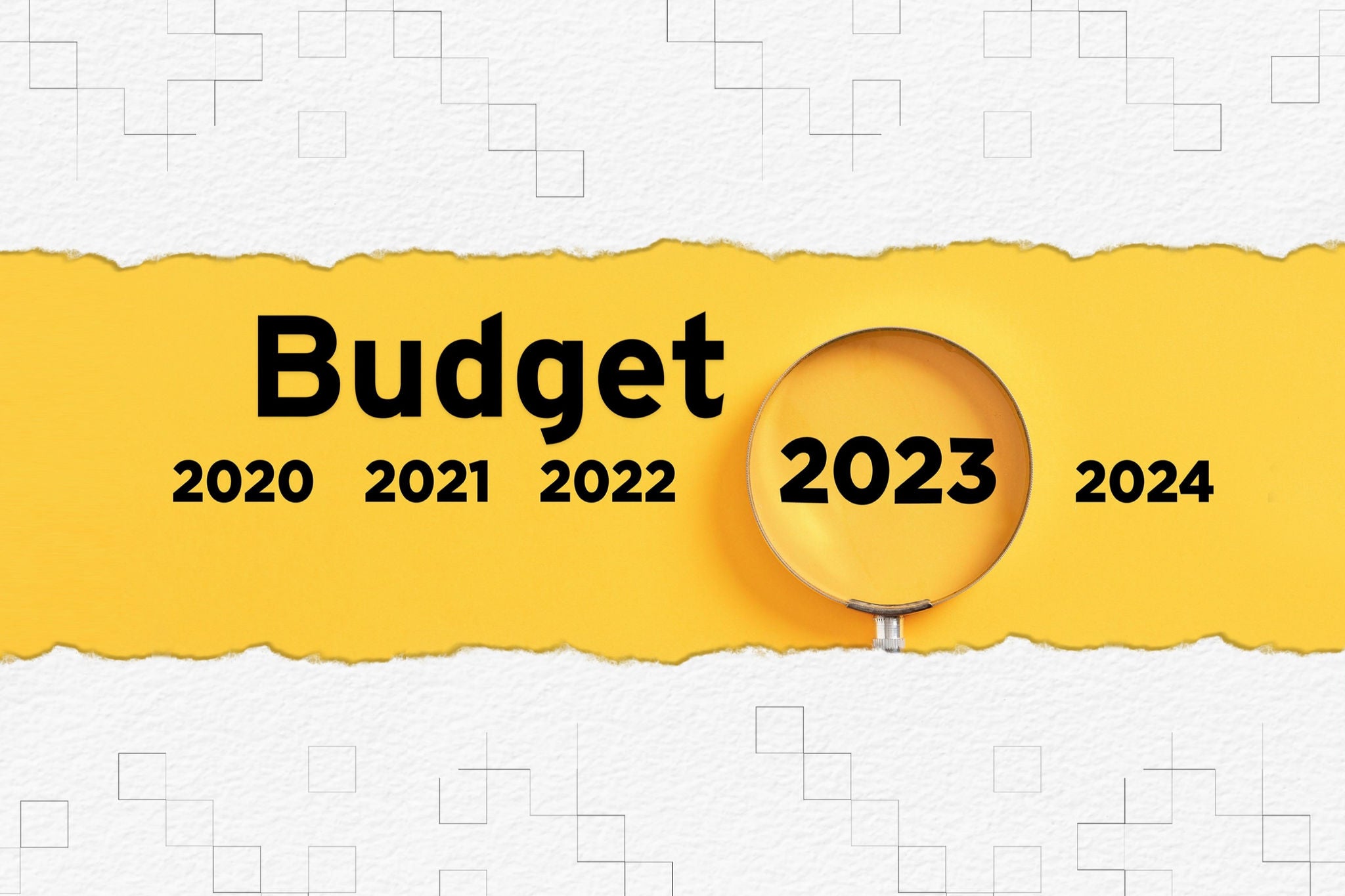EY refers to the global organization, and may refer to one or more, of the member firms of Ernst & Young Global Limited, each of which is a separate legal entity. Ernst & Young Global Limited, a UK company limited by guarantee, does not provide services to clients.
How EY can help
-
Tax policy advisory services by EY India offers insights & strategies to navigate complex tax regulations, driving business growth and compliance.
Read more
Strategic policy thrust lay foundation for medium-term growth
Even though the Union Budget 2023-24 acknowledges a fall in nominal (and real) GDP growth in FY24 largely due to the global headwinds, the GoI has utilized this opportunity to sustain the ongoing momentum for infrastructure expansion and strategic policy thrust to lay a solid foundation for medium to long-term growth. Three aspects of these strategic policy priorities are notable. First, there has been an ambitious infrastructure expansion program. Key government policies for infrastructure development include the National Infrastructure Pipeline, GatiShakti, and the National Logistics Policy. The GoI has also endeavored to incentivize the state governments to augment their capital expenditures.
Second, there has been a clear emphasis on supporting green growth. This is reflected in the ongoing Green Hydrogen Mission and initiatives in the current budget including a Green Credit Program, PM-PRANAM (PM Programme for Restoration, Awareness, Nourishment and Amelioration of Mother Earth) and GOBARdhan scheme both for encouraging green fertilizers and discouraging chemical fertilizers, Bhartiya Prakritik Kheti Bio-Input Resource Centres, and MISHTI (Mangrove Initiative for Shoreline Habitats and Tangible Incomes). These initiatives will not only help India achieve its net zero carbon emission goal but also reduce dependence on imported chemicals and fertilizers.
Third, the GoI is determined to achieve a strategic reduction in India’s dependence on imported crude, as the Indian economy has remained vulnerable to global crude price and supply instabilities. In this context, the current budget has allocated funds for augmenting India’s storage capacity for petroleum reserves and for diversification of sources of crude supply by facilitating investment by ONGC in other countries such as Venezuela, Russia and Columbia. There is also a continued shift towards exploiting non-conventional energy sources, including solar, wind, ethanol and hydrogen.






